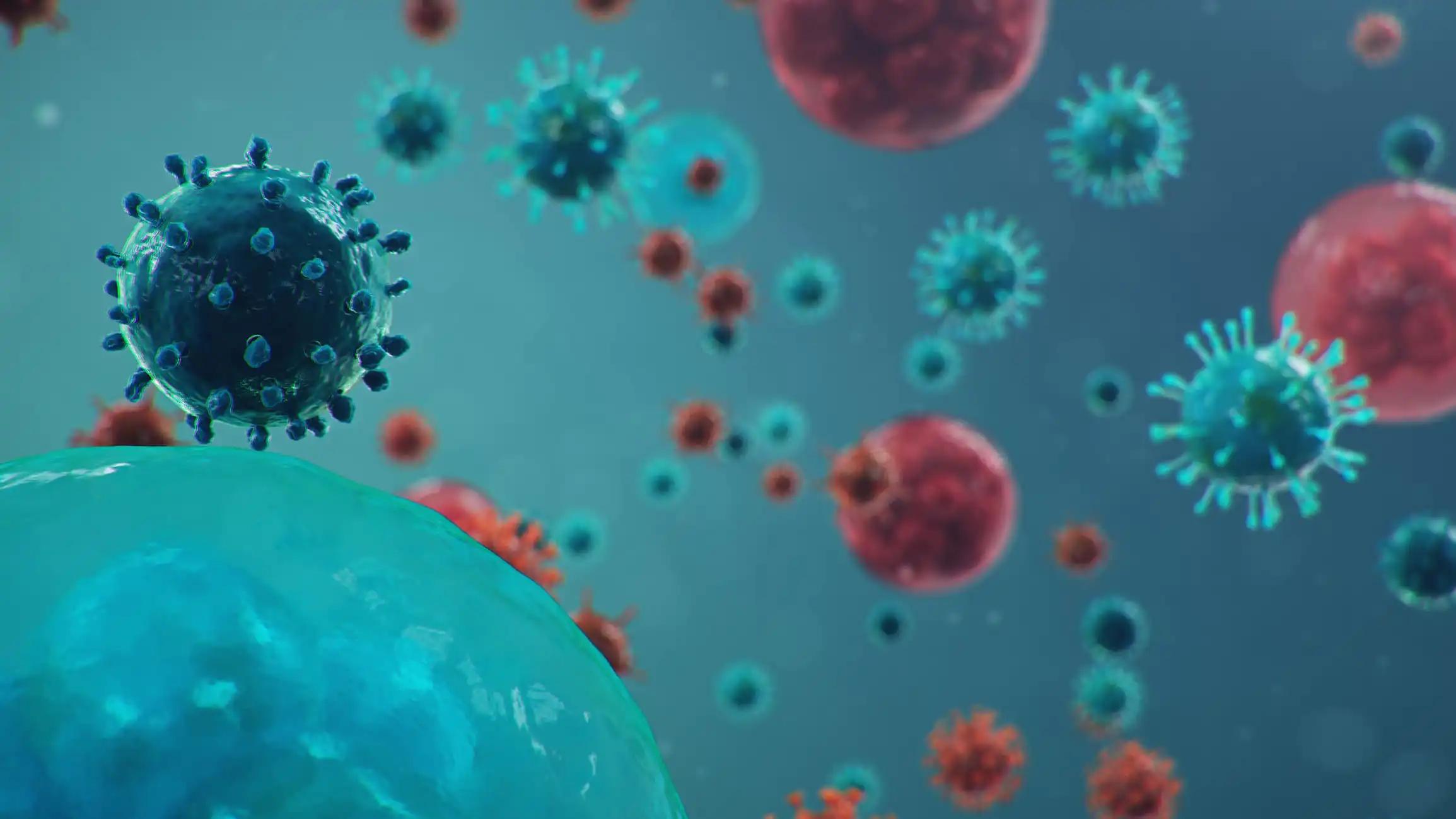KEY TAKEAWAYS
- The phase 1/2 EPCORE NHL-2 trial studied longer follow-up of epcoritamab + R-CHOP in 1L high-risk DLBCL patients.
- Epcoritamab SC + R-CHOP achieved high and durable CMR rates with a manageable safety profile in first-line high-risk DLBCL, including double-hit/triple-hit cases.
This phase 1/2 study presented an extended follow-up in a larger group of participants for the combination of epcoritamab and rituximab, cyclophosphamide, doxorubicin, vincristine, and prednisone (R-CHOP) as a first-line treatment for high-risk diffuse large B-cell lymphoma (DLBCL).
Individuals diagnosed with first-line CD20+ DLBCL with an IPI score of 3 or higher were eligible for inclusion. As of October 31, 2022, a total of 47 patients (pts) had undergone this treatment regimen.
Participants received epcoritamab subcutaneously, administered in cycles as follows: cycles 1 to 4 were administered weekly (QW), and cycles 5 to 6 were administered every 3 weeks (Q3W). This was combined with R-CHOP therapy for a total of 6 cycles, with each cycle lasting 21 days. Following this combination treatment, participants continued with epcoritamab monotherapy administered every 4 weeks (Q4W) for a duration of 28-day cycles for up to a total of 1 year.
The median follow-up period lasted for 11.5 months. Among the 47 pts who received treatment (with a median age of 64 years), all had an IPI score ranging from 3 to 5. Notably, 79% of them had stage IV disease, and 44% (11 out of 25 with available FISH data) were diagnosed with double-hit or triple-hit DLBCL. The most frequently observed treatment-related adverse events (AEs) of any grade included neutropenia (64%), anemia (62%), cytokine release syndrome (CRS) (60%), fatigue (40%), and fever (pyrexia) (40%). CRS, in particular, was mostly of low grade (57% were categorized as G1-2, and only 2% were G3). It predominantly occurred after the administration of the first full dose (Cycle 1, Day 15), and all cases were eventually resolved. There was one patient who experienced G2 immune effector cell-associated neurotoxicity syndrome (ICANS), and this condition resolved within a span of 4 days.
Among the pts evaluated for their treatment response (totaling 46), the rates of overall response and complete metabolic response (CMR) were 100% and 76%, respectively. Notably, the double-hit/triple-hit DLBCL pts exhibited even higher rates, with 100% achieving overall response and 82% achieving CMR. The study showed that median duration of response (DoR), progression-free survival (PFS), and overall survival (OS) were not attained. After 9 months, an estimated 96% of pts who achieved complete response remained in a state of CMR.
The combination of epcoritamab subcutaneous administration (SC) and R-CHOP demonstrated high and durable CMR rates while maintaining a manageable safety profile in first-line high-risk DLBCL, even among pts with double-hit/triple-hit DLBCL.
Source: https://clml-soho2023.elsevierdigitaledition.com/430/index.html
Clinical Trial: https://classic.clinicaltrials.gov/ct2/show/NCT04663347
Falchi, L., Clausen, M.R., Offner, F., Vos, S.D., Brody, J., Linton, K.M., Snauwaert, S., Cordoba, R., Wu, J., Bykhovski, I., Rana, A., Belada, D. Epcoritamab + R‑CHOP in Patients With Previously Untreated (1L) High‑Risk Diffuse Large B‑Cell Lymphoma, Including Double‑Hit/ Triple‑Hit Lymphoma: Updated EPCORE NHL‑2 Data.



